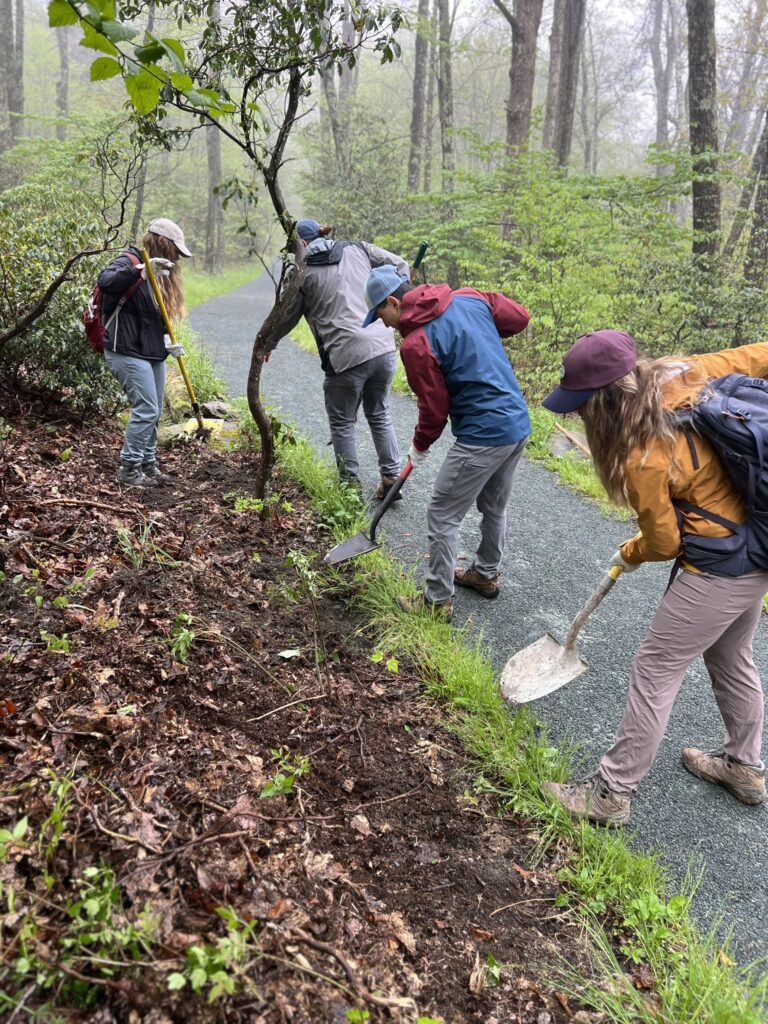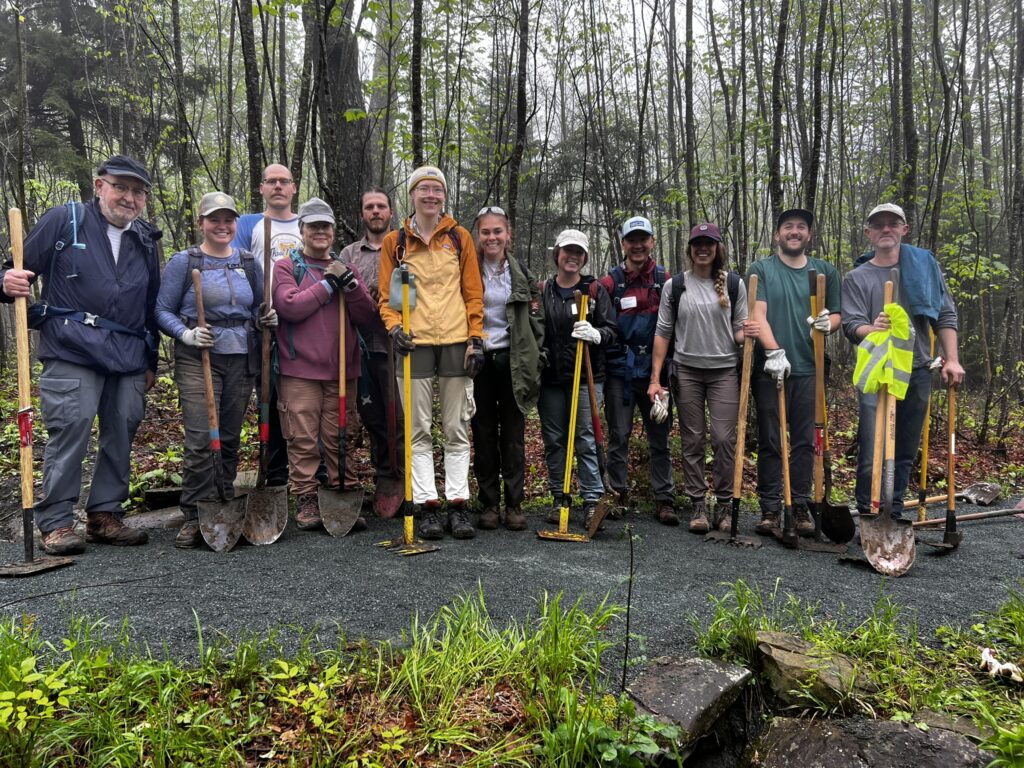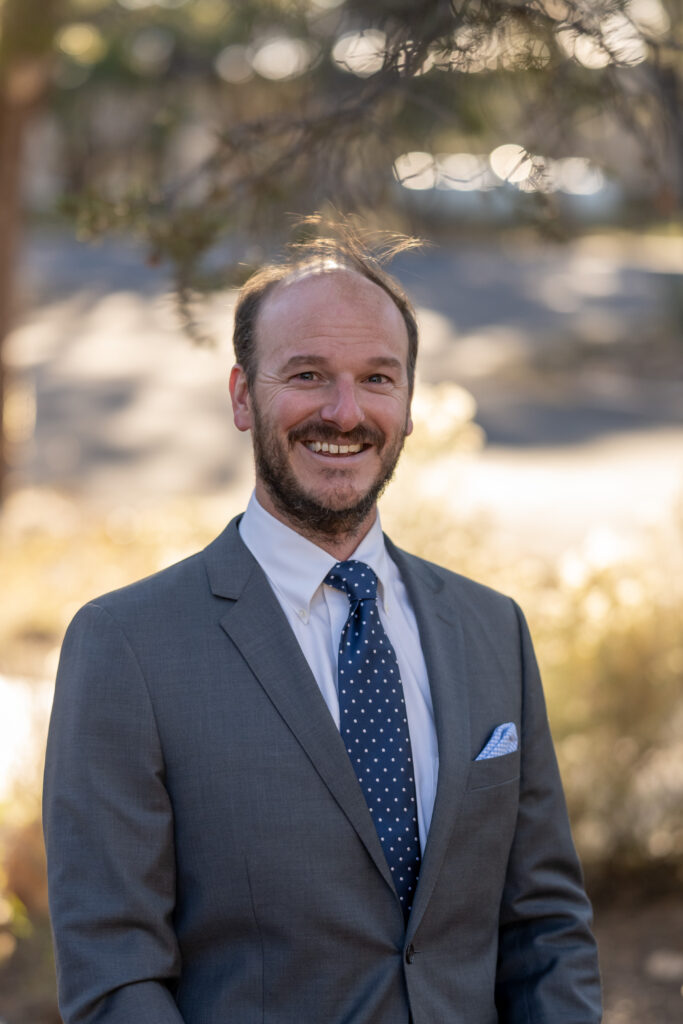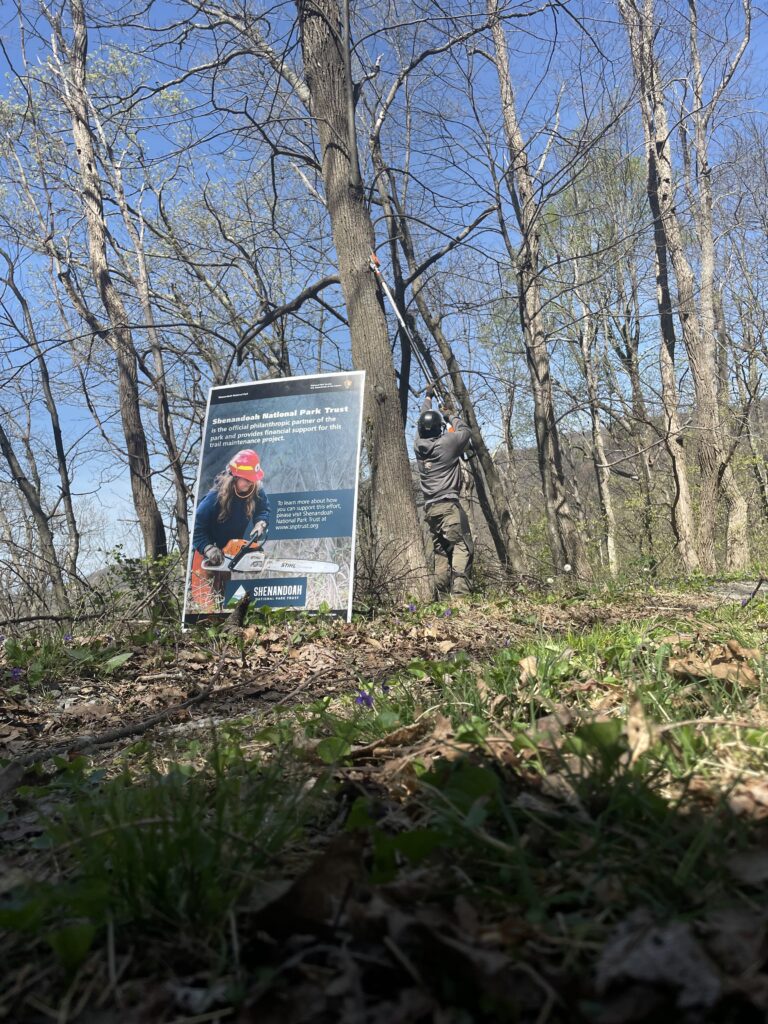Behind the Scenes with Shenandoah’s Trail Leaders and Volunteers
Since its establishment, Shenandoah National Park has been a pinnacle of recreation, with a trail for everyone. In the last 30 years, however, many of those trails have become weathered and worn, and invasives and severe weather have dramatically changed the park’s landscapes.
Narrow paths that once wound through canyons sheltered by dense hemlock canopies are now exposed to rain and widened from years of heavy foot traffic. Streams that ebbed and flowed three decades ago now experience patterns of drought and flooding, regularly damaging the trails along their banks.
In short, many of the park’s trails are now considered “poorly designed” for today’s visitors and challenges. As Steve Printz, a Trail Crew Supervisor, put it: “Every so often, the trails have to be reworked.”
At this year’s Show Your Love for Shenandoah Volunteer Day in May, many volunteers learned first-hand how much it takes to rework those trails. With both familiar and strange, specialized tools, groups tackled erosion issues on the Appalachian Trail, as well as Limberlost Trail, ensuring the ADA accessible path remained smooth and correctly graded. The Limberlost crew dug a drainage ditch along the trail, breaking through rocks and carving a sluice for rainwater to join the nearby steam.
“Never did I think digging a ditch could be so satisfying,” said volunteer Kristin Repchick. “It was exhausting in the best kind of way; knowing the impact we were making made the job so gratifying.”
Repchick returned to the park this past weekend to participate in the Leave No Trace Spotlight volunteering event, clearing illegal campsites and “social trails” along the Rose River loop. She is already made plans to return again for more trail work with the park’s volunteer office, continuing to give back to the trails that she loves.


Enhancing the trail system’s resilience is a park priority. In addition to annual maintenance, volunteer projects, and Shenandoah Youth Corps crews, the park is thinking about how to redesign trails for the future’s visitors and climate.
As part of that long-term vision, former Superintendent Pat Kenney hired Nat Phelps as the Facilities Manager for Backcountry/Trails. Phelps brings vast experience with trail design in seven western national parks, and he’s looking forward to tackling the unique challenges of an eastern park, including erosion and abundant vegetation.
“It takes a lot of planning, and the work is getting increasingly professional,” Phelps said. “It’s masonry; it’s carpentry; it’s construction; it’s design – figuring out which materials will work in each unique area.”
For Phelps, it’s also evaluating the needs of each trail and strategizing years in advance to acquire federal funding. Fortunately, the park service has a rating system in place to prioritize funding where it’s needed most. Unfortunately, that system includes everything in Shenandoah, so each trail is ranked against the most used facility in the park: Skyline Drive.

Nat Phelps, SNP Facilities Manager for Backcountry/Trails
“That’s why Trust funding is so important,” explained Phelps. “It’s a great way to fund immediate, targeted projects and needs. We’re really excited about things like Trails Forever, because that kind of funding gives us the potential to do some big projects.”

Next month, members of the Rapidan Society giving at the Limberlost Level ($2,500/year) and above will have an opportunity to hike Limberlost Trail with Phelps and see the impact of their support – and the work of volunteers – first-hand.
Want to be part of maintaining Shenandoah’s trails?
Donate to the Trails Forever Fund, or become a volunteer!

